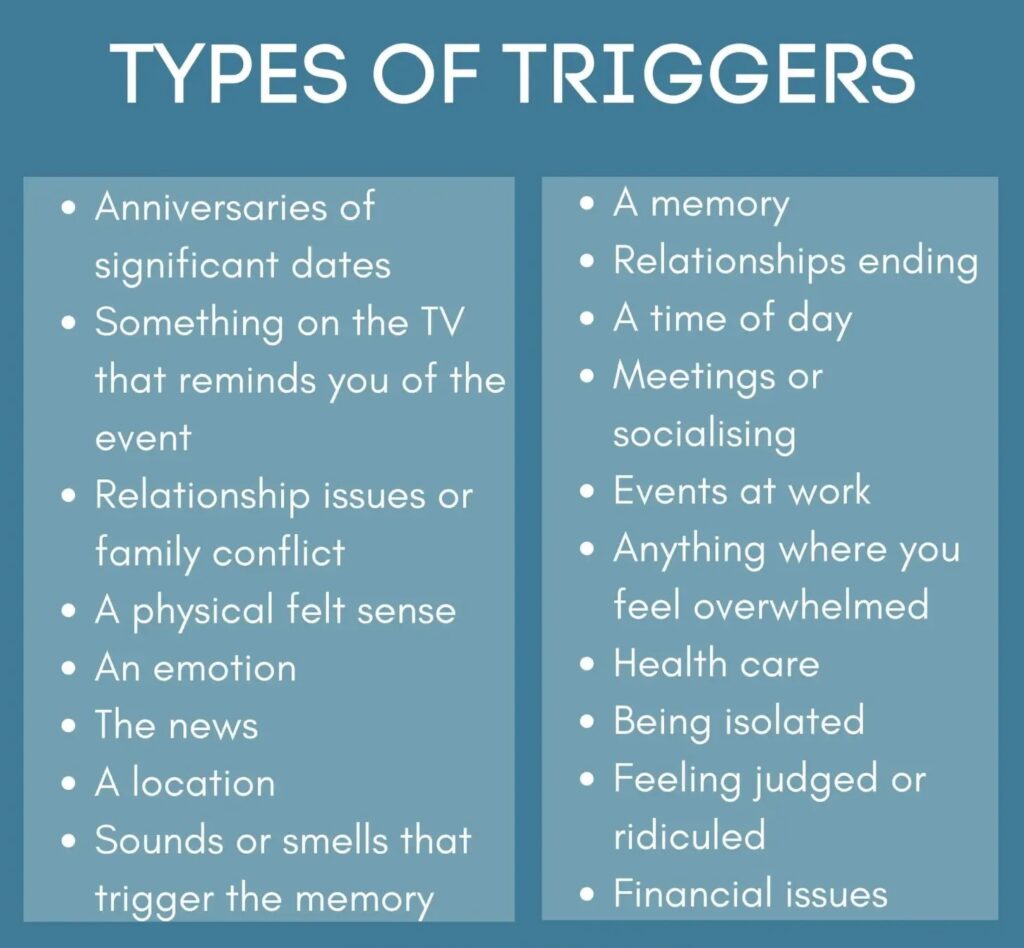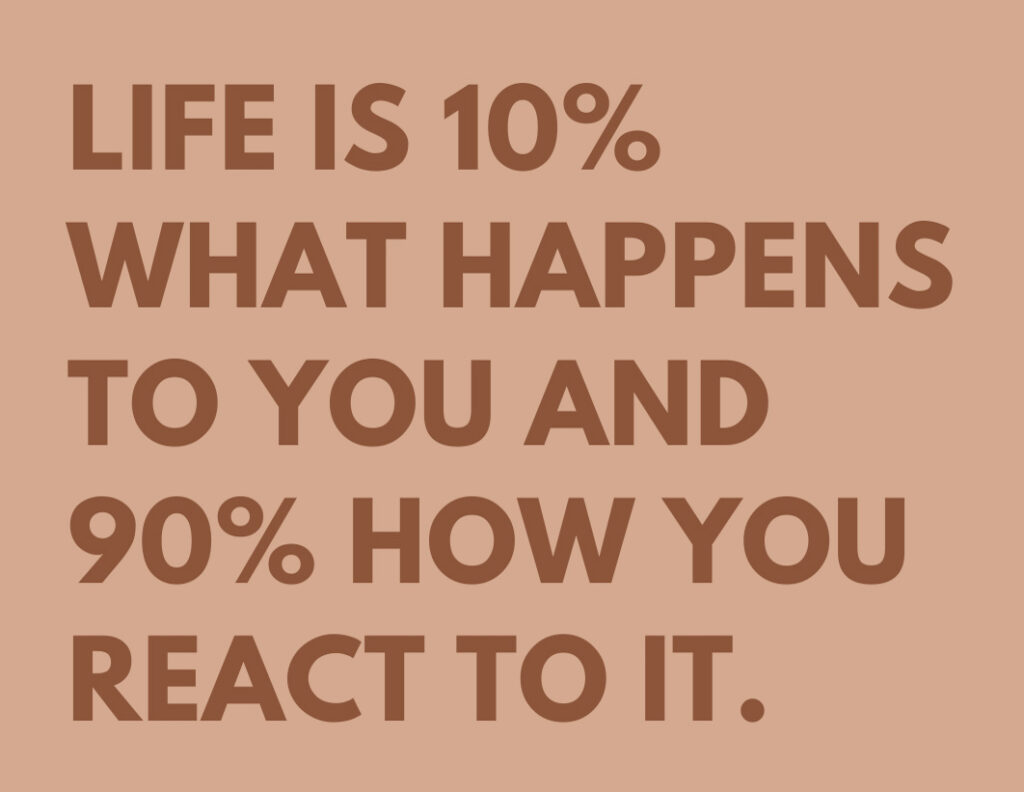Identifying Emotional Triggers: How to Gain Control Over Your Emotional Responses
Last week, we focused on recognizing and labeling your emotions with the Emotion Identification Tool. This week, we’re taking the next step by identifying the specific events or situations that trigger those emotions. Understanding your emotional triggers is key to gaining better control over your emotional responses, especially in high-pressure situations.
Think of emotional triggers as the "why" behind your feelings—what’s setting off that stress, anger, or frustration? By identifying and understanding your triggers, you can begin to anticipate emotional reactions before they escalate. This is crucial for emotional self-management and overall Emotional Intelligence.
What Are Emotional Triggers?
An emotional trigger is any event, interaction, or situation that provokes an immediate emotional reaction. These triggers are often rooted in past experiences, personal sensitivities, or certain stressors. Common triggers might include receiving criticism, encountering conflict, or missing a deadline. When left unchecked, triggers can lead to emotional outbursts or behaviors that negatively affect your relationships and decision-making.

For example, imagine you’re in a meeting, and a colleague criticizes your work. Your emotional trigger might be the feeling of being unfairly judged or criticized, which immediately leads to feelings of frustration or defensiveness. In this situation, understanding that criticism is a trigger for you can help you manage your response—allowing you to step back, assess the feedback, and respond constructively rather than react emotionally.
How the Trigger Tracking Tool Works
To help you understand and manage your emotional triggers, we’ve developed the Trigger Tracking Tool. This tool allows you to document the events that provoke emotional reactions, recognize the emotions you experience, and reflect on how you respond.
Here’s how the tool works:

- Identify the Trigger: When you feel a strong emotional reaction, take note of the event or situation that caused it. Was it a conversation, an email, or a particular challenge?
- Recognize the Emotional Response: Next, label the emotion(s) you felt. Were you angry, frustrated, anxious, or overwhelmed? You can use the Emotion Identification Chart from last week to help accurately label your emotions.
- Track the Physical Cues: Emotions are often accompanied by physical reactions. Did your heart rate increase? Did you feel tension in your muscles? Tracking these cues helps you recognize when a trigger is taking place.
- Reflect on Your Response: How did you react to the situation? Did you withdraw, become defensive, or respond in a way that you later regretted? Reflection is critical to learning how to respond more effectively in the future.
By consistently using this tool, you’ll start to see patterns in your emotional triggers and learn how to manage them more effectively.
Practical Example
Let’s consider an operations manager who frequently feels frustrated during team meetings. Each time a particular team member speaks, the manager feels irritated and finds it hard to stay composed.
Using the Trigger Tracking Tool, the manager logs their frustration during the meeting and notes the trigger: hearing suggestions they disagree with. They also recognize that their immediate emotional response is frustration, accompanied by physical tension in their shoulders. After reflecting on their response, they realize that their behavior—shutting down the conversation—has been negatively affecting team dynamics.
With this insight, the manager starts preparing for meetings differently. They practice staying open to ideas, even when they disagree, and remind themselves to focus on productive responses rather than shutting down conversations. Over time, the manager reduces their frustration by better managing their emotional triggers.
Benefits of Using the Tool
The Trigger Tracking Tool helps you:

- Improve Self-Management: By understanding what provokes emotional reactions, you can manage your responses more effectively.
- Enhance Emotional Regulation: Tracking triggers allows you to anticipate emotional responses and take steps to regulate them before they escalate.
- Reduce Stress and Conflict: Identifying triggers helps you approach situations calmly, which leads to fewer emotional outbursts and more constructive conversations.
- Build Stronger Relationships: When you manage your emotional triggers, your communication improves, and relationships become more positive and productive.
Call to Action
Ready to take control of your emotional triggers? Download the Trigger Tracking Tool to start identifying and managing your emotional responses today. The more you practice, the better you’ll become at navigating emotionally charged situations.
Next week, we’ll introduce the EQ Self-Assessment Tool, which will help you evaluate your overall Emotional Intelligence and identify areas for growth. Stay tuned!